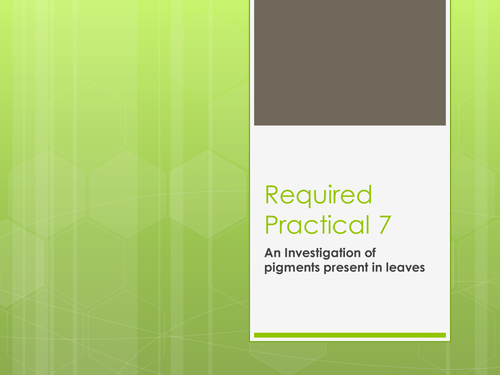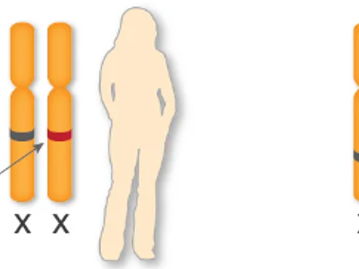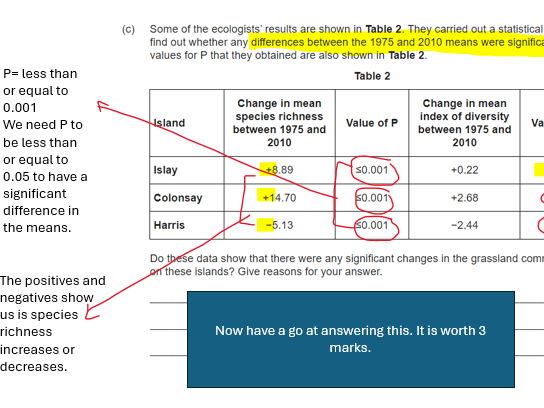Lbould's Shop
Biology teacher since 2008 Providing resources for A-level and GCSE. I teach at a Grammar school - so my resources are aimed at pushing students to get the top grades. I am an examiner for both AQA and Edexcel at GCSE and A-level for Biology. Knowledge gained from marking for the exam board since 2015 features throughout my resources.





















